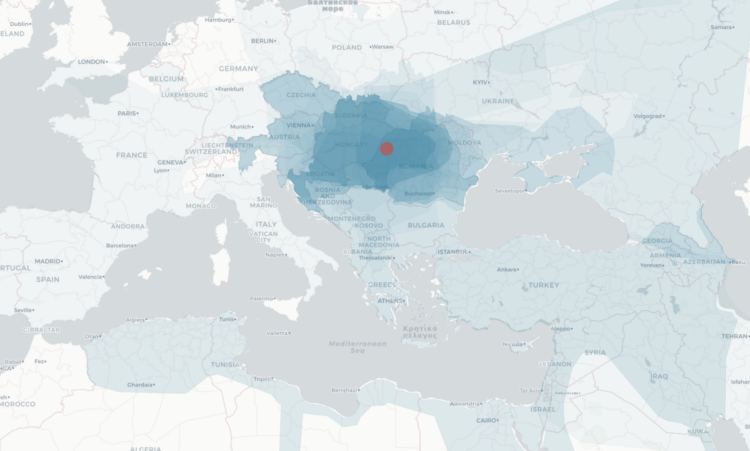In what definitely feels like a case of way too little, way too late, the WTO last week finally decided to grant the TRIPS waiver on COVID vaccines, allowing others to make more of the vaccine without violating patent rights. The WTO has long had this ability to issue a patent waiver as part of its Trade-Related Aspects of Intellectual Property Rights (TRIPS) agreement. The idea is that in an emergency, when patents or copyrights are getting in the way of real harm, the WTO can say “hey, let’s grant a waiver to save people.”
You would think that a global pandemic where people are dying would be an obvious time to use such a waiver grant, but that’s because you’re not an obnoxious IP maximalist who cares more about their precious monopoly rents than the health and safety of the global populace. The big pharma and medical device companies freaked out about the possibility of a waiver, and even worse, Hollywood also flipped out about it, with their typical worry that any proof that removing an intellectual monopoly might be good for the world cannot be allowed.
It took forever, but in May of last year (already a year and a half into the pandemic), the US agreed to support the TRIPS waiver. This caused much gnashing of teeth among the maximalists, and then it still took over a year before this agreement was reached, and of course, now it’s both greatly watered down, and very much too late to make much of a difference. But kudos Hollywood and pharma lobbyists. You let thousands of people die, but you sure protected your IP. Good work!
But experts said the proposal was weakened significantly over months of negotiations. They said they did not expect the final agreement to encourage manufacturers in developing countries to start producing Covid vaccines, in part because it does not address the trade secrets and manufacturing know-how that many producers would need.
Even worse, the agreement is limited just to vaccines, and does not apply to either testing or therapeutics
[…]
Source: Too Little, Too Late, WTO Finally Eases Patent Rights On COVID Vaccines | Techdirt






